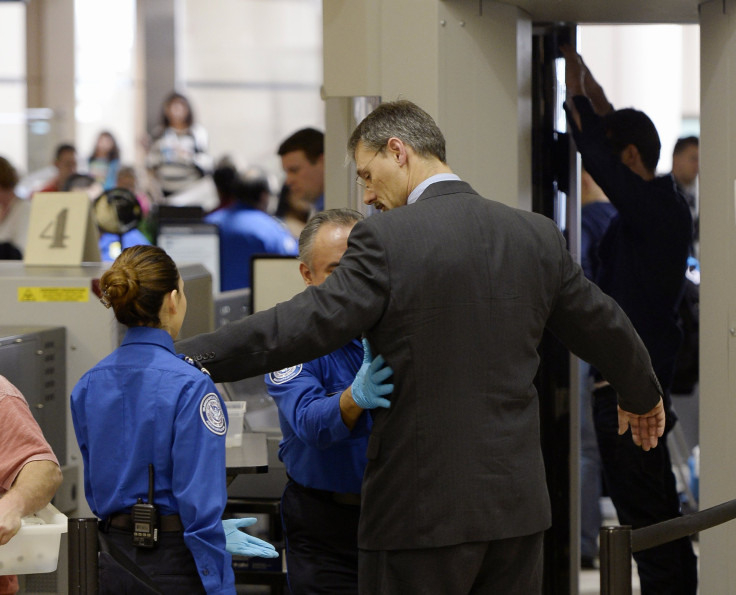Controversial US No-Fly List Revelations Show Program Is Predictive, Not Based On Past Criminal Record

The method for placing individuals on the U.S. government’s controversial no-fly list relies more on predicting who may be a criminal than on actual personal criminal histories, according to the Guardian. The revelation stems from a previously little-noticed May filing by an Oregon federal judge in which the Federal Bureau of Investigation and Justice Department admitted that the list is based more on “predictive assessments about potential threats” than on actual behavior in the past.
The filing is part of an American Civil Liberties Union lawsuit in which the rights group has made the argument that people on no-fly lists do not have adequate means to get their names cleared. The no-fly list was created in the aftermath of the Sept. 11 attacks and has been the focus of criticism as a violation of Americans’ First and Fourth Amendments rights.
“I believe this is the first case in which a court is being asked to review the basis for the government’s predictive model for blacklisting people who have never even been charged, let alone convicted, of a violent crime,” ACLU attorney Hina Shamsi, told the Guardian .
The admission appears to be the first that the U.S. no-fly list is based upon predictive measures that may not meet constitutional requirements for due process under the eyes of the law.
It is not the first time a lawsuit has challenged the U.S. list. In June 2014 , a federal court found that air travel in the United States is a “sacred” liberty that is protected by the Constitution. At the time, the judge ordered the U.S. government to reevaluate its methods for inclusion on the list. Procedures were needed to ensure that citizens who are barred from flights and who find their names on the list can challenge their inclusion and restore their flight eligibility.
© Copyright IBTimes 2024. All rights reserved.






















